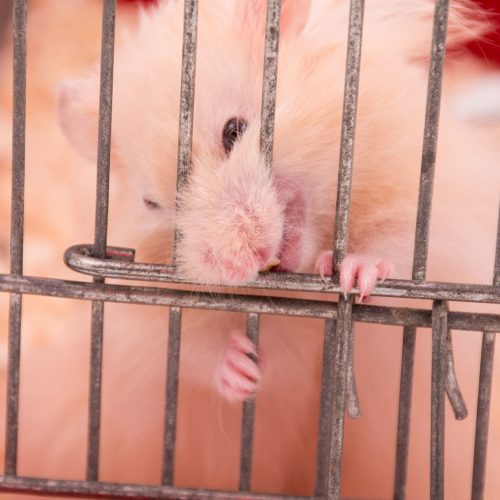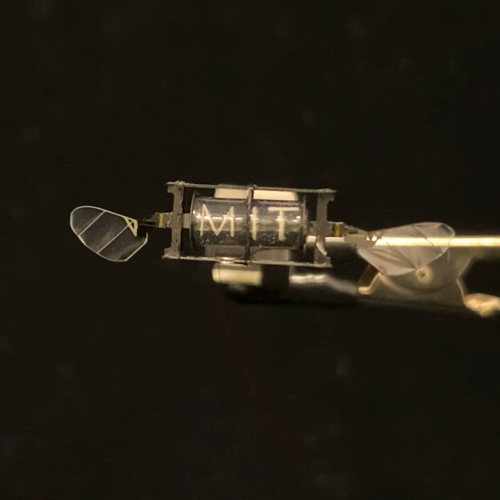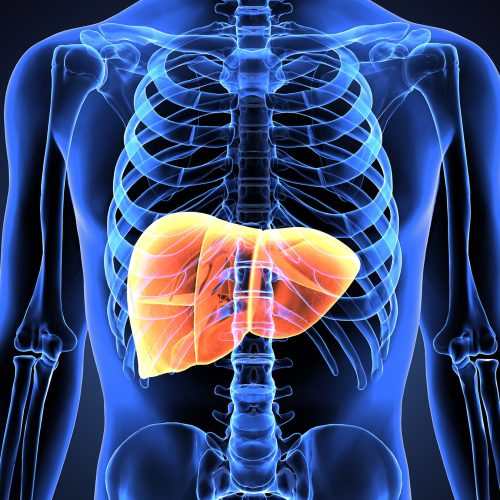Nuclear weapons testing dates back to the mid 1940s and ramped up significantly starting in the early 1950s. Several countries, including the U.S., Soviet Union, China and France spent decades testing new versions of the incredibly destructive arms and, as a new study shows, the Earth is still dealing with the fallout.
In a new paper published in Geophysical Research Letters, researchers found traces of radioactive carbon from bomb tests in the 1950s and 1960s still present in organisms who call the bottom of the sea their home. To determine how it got there, scientists just had to follow the food chain.
Radioactive carbon, called carbon-14 — or “bomb carbon” — was created during atmospheric nuclear weapons tests. Carbon-14 exists in nature, but in very small amounts, and scientists believe that decades-old blasts effectively doubled the amount of the radioactive carbon in Earth’s atmosphere.
That material eventually settled, and much of it ended up in the surface waters of Earth’s oceans. Various species of marine organisms absorbed the bomb carbon. That carbon-14, incorporated into the cells of countless animals, didn’t just disappear as years passed, and the researchers suggest that it has simply been passed down through the food chain.
Testing on bottom-dwelling marine life such as amphipods found in the deepest reaches of the ocean revealed carbon-14 levels that were significantly higher than the levels of the radioactive material in the waters they lived in. Upon testing the stomach contents of the animals it became clear that the carbon-14 originated at the surface and, as various marine creatures die and drift down to the depths, the scavengers who feast on those remains are now collecting the carbon in their own bodies.
The study is in part a warning of the incredible and potentially dire effect that humans can have on Earth’s inhabitants.
“Although the oceanic circulation takes hundreds of years to bring water containing bomb [carbon] to the deepest trench, the food chain achieves this much faster,” Ning Wang, lead author of the study, said in a statement.










